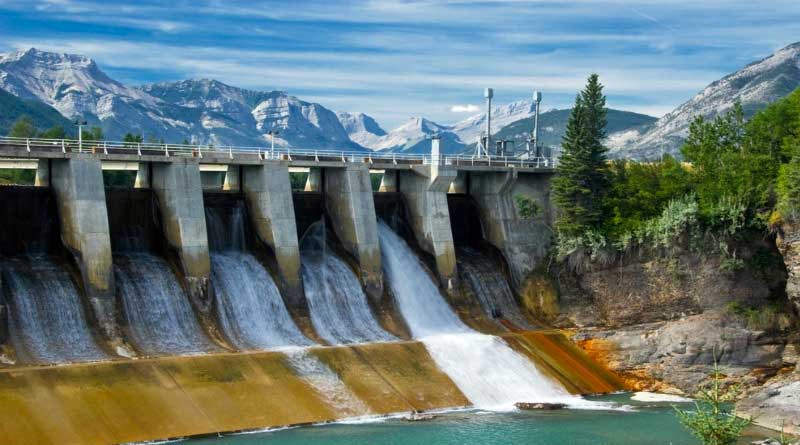HYDRO ENERGY SYSTEMS

A hydro energy system is considered to be a renewable as well as a nonrenewable energy system. The characterization of a small hydro energy system changes but an electrical energy-producing capacity of up to 10 megawatts (MW) is generally established as the higher limit of what can be termed a small hydro energy power plant. This may be extended up to 30 MW in the United States and 50 MW in Canada. A hydro power plant can be further subdivided into a mini hydro, which is defined as 1000 kW, and a micro hydro, which is 100 kW. A micro hydro is frequently the function of hydroelectric power sized for a smaller community, single families, or small enterprises. Small hydro plants may be associated with nonrenewable electrical distribution circuits as a resource of inexpensive renewable energy. On the other hand, a small hydro power project may be built in remote areas that would be unprofitable to serve from a circuit, or in areas where there is no authorized electrical distribution network. Because small hydro projects frequently have nominal reservoirs and civil construction work, they are seen as having a relatively low environmental impact compared to a large hydro. This decreased ecological impact depends powerfully on the balance between stream flow and electrical energy production. Fig. 1.13 shows classification of hydro power plants.
Hydropower is another indirect form of solar energy. It is considered the most mature and environment-friendly renewable energy resource. Hydropower is the renewable energy obtained by water falling from high potential to low potential. The hydro energy is harnessed by using the potential energy of the falling water by running a hydro turbine. This turbine is coupled to the rotor of the electrical generator. A set of three-phase voltages is induced in the stator of the electrical generator.
The water cycle depends on the sun’s energy. When sunlight falls on the surface of water in rivers, lakes, and seas, the upper surface molecules get warmer. When they get enough energy, they leave the surface and escape into the atmosphere, via the evaporation process. These molecules get cooler when they rise up into the atmosphere. When these molecules pass through the cold areas where the air is cool, they condensate and become water droplets. As the droplet holding capacity of the cold air is lower than the warm air, these water droplets cause the rain and maintain the circulation of the water in the atmosphere. If it rains in the mountain ranges, it becomes ice and makes glaciers. If it rains in the fields, somehow or other it finds its way to the sea and the cycle starts again.